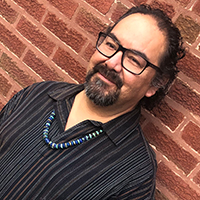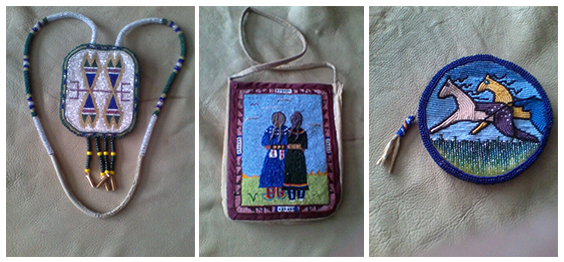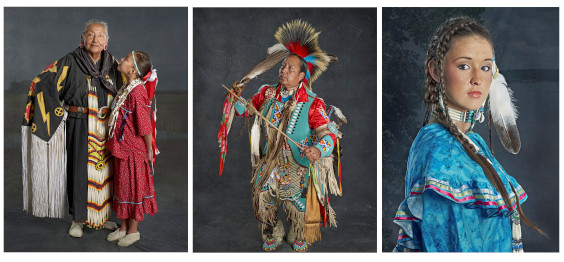ISSUES FACING NATIVE AMERICANS IN ILLINOIS
BILLS IN FRONT OF THE LEGISLATURE NOW
1. HB5617 – Prohibits schools’ use of Native American as a name, logo, or mascot
- Amends the School Code. Provides that a school board shall prohibit a school from using a native name, logo, or mascot; defines “native name, logo, or mascot”. However, provides that a school may continue to use uniforms or other materials bearing a native name, logo, or mascot that were purchased on or before the effective date of the amendatory Act until September 1, 2027 if specified requirements are met.
2. HB5463 – State Parks Land Acknowledgements
- Provides that the Department of Natural Resources, in consultation with representatives of federally recognized indigenous tribes, shall create land acknowledgments for each of the State parks
3. HB4107 – Land Transfer to the Prairie Band Potawatomi Nation
- Authorizes the Director of Natural Resources to execute and deliver a quit claim deed to Shabbonna Lake State Park in DeKalb County to the Prairie Band Potawatomi Nation. Effective immediately. (Oct.18, 2023 – Referred to Rules Committee)
ISSUES FACING NATIVE AMERICANS
Indian Child Welfare Act (ICWA)
The US Supreme Court’s decision to uphold the Indian Child Welfare Act was a major win for Indian country in 2023. Despite that, ICWA is regularly challenged in court and to reduce the fear of the law being overturned on the National level, we are still looking to codify a statewide ICWA law to safeguard Native children that come into protective custody in the state of Illinois in the event the National law is ever overturned
Funding to Support Implementation of HB 1633
Funding to support teacher professional development and organizational implementation of HB 1633 which mandates the teaching of Native American history in all K-12 schools.
Urban Indian Funding – Ensure the health and well-being of American Indians and Alaska Natives (AI/AN) residing in urban communities
- Today, approximately seven out of ten AI/AN people reside in urban cities as a direct result of the federal government’s assimilation policies as well as the efforts of tribal members seeking out education and employment opportunities in urban areas.
- Despite the excellent efforts of Urban Indian Organizations (UIOs) to provide critical healthcare, housing, employment, and other services, urban AI/AN populations nevertheless continue to be left out of many federal initiatives, therefore,
- Funding is requested to ensure that urban AI/ANs receive “quality health care, culturally relevant education, adequate and affordable housing, and other needed resources”.
Indigenous Peoples Day
Recognition of Indigenous People’s Day/ replacement of Columbus Day within Illinois State law
BILLS PASSED IN THE LAST SESSION
- HB 1633 – Mandates the teaching of Native American History in all K-12 schools, including topics of sovereignty, self-determination and the experience of Urban Natives. Adds a seat for Native American on the State Education Equity Commission. Lastly, includes the Native American experience in the study of the Holocaust and Genocide.
- SB 1446 – Recognizes the right of a student to wear or accessorize the student’s graduation attire with items associated with the student’s cultural or ethnic identity or any protected characteristic or category.
- HB 3413 – Expedites the process in which the Department of Natural Resources identifies, examines and repatriates Native American remains, in consultation with affiliated Tribal Nations. Allows IDNR to establish protected burial sites for Native American human remains that are closed to the public. Additionally, the law creates the Repatriation and Reinterment Fund in the state treasury.
Other Areas
- Food Sovereignty
- Employment
- Homelessness
- Legal Aid
- Prenatal Healthcare
- Support – Food, rent
- Free Tuition for Native Students
- Gangs/ Violence
- Urban Indian Working Groups and Funding – Senator Alex Padilla – D (CA)
- Monuments
Frequently Asked Questions
Why are there no federal or state recognized tribal nations in Illinois?
While war, disease, genocide and coercive treaties contributed to the decline and removal of Native people from what became Illinois, this statement is false. The Treaty of Chicago and the Indian Removal Act of 1830 effectively removed all tribal nations from the territory. However, the 1829 Treaty of Prairie du Chien reserved two sections of land near Paw Paw Grove, Illinois for Potawatomi Chief Shab-eh-nay and his Band. In 1849, the land was illegally sold through public auction by the U.S. Government. Since an act of Congress or a subsequent treaty is necessary to extinguish the Tribe’s rights to the reservation and it wasn’t included in the cession treaties, it continues legally to belong to the Prairie Band.”
How many Illinois tribal nations were there and what were their names?
Illinois is the location of the ancestral homelands of the people of the Council of the Three Fires: the Potawatomi, Ojibwe, and Odawa (adapted from the 1833 Treaty of Chicago). It was also land cherished and occupied by the Menominee, Ho- Chunk, and Miami. At various points in history, this land was occupied and used by the Peoria, Kaskaskia, Piankashaw, Wea, Mascoutin, Sauk, Meskwaki, Kickapoo, and Chickasaw nations.
How many Native Americans reside in Illinois Today?
Today, there is a vibrant Native American population of over 280,000 statewide whose population increased by 177% from 2010 to 2020 (US Census Report). Illinois currently enjoys the sixth largest Urban Indian population in the United States with over 150 Tribal Nations and where the largest Native American population in the Midwest is located. In addition, Chicago houses the first American Indian Center in the country (University of Illinois at Chicago’s Institute for Research on Race and Public Policy).
If almost all Native Americans were eradicated from Illinois, why do we have one of the nation's largest and most diverse Urban Indian populations?
- The 1952 Urban Indian Relocation Program persuaded Native Americans to leave the reservation and pursue economic opportunities and lives in large urban areas such as Chicago. They were lured by the hope of a better life, but for many, that promise was not realized. As a result, approximately 80% of Native Americans live in an urban environment today.
- With the House Concurrent Resolution 108 of 1953, Congress introduced its official federal policy of termination. With this resolution, the federal government made known that it intended to unilaterally abrogate treaties and end the Federal Trust Responsibility with all Native nations as quickly as possible. Several large nations, including the Menominee and the Klamath were terminated, which eliminated all treaty provisions, rights and responsibilities, any rights to land, hunting and fishing, along with health care and educational programs, and police and fire fighting services.
- These actions were eventually overturned in the late 1960’s and early 1970’s ushering in a policy of tribal self- determination. The 20-year campaign failed to erase Native Americans, but its effects on Indian Country are still felt today.
What programs are in place today to serve and support Native Americans living in Illinois?
The Chicago American Indian Community Collaborative (CAICC) was established in 2012. CAICC consists of 16 American Indian organizations located in Illinois whose members include thousands of Native Americans living in this state. Programs and services offered include cultural facilities, social services, economic development, affordable housing, employment, healthcare, education, museums, arts, research and youth programs to name a few.
































